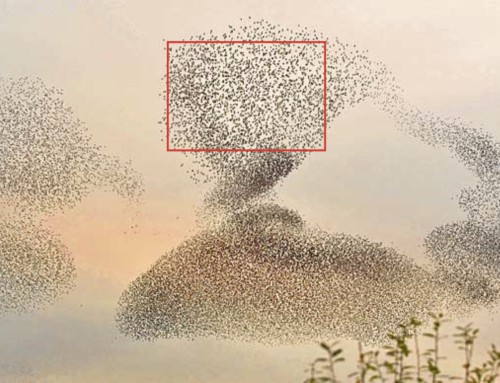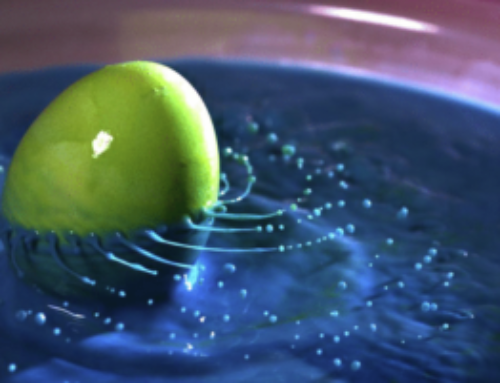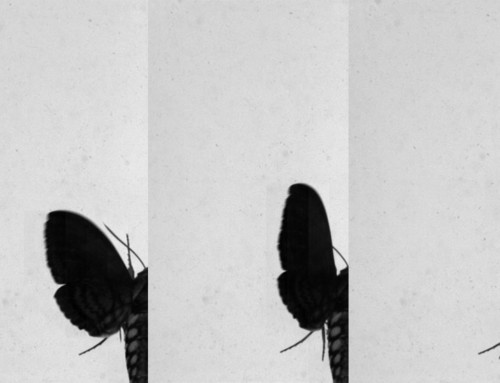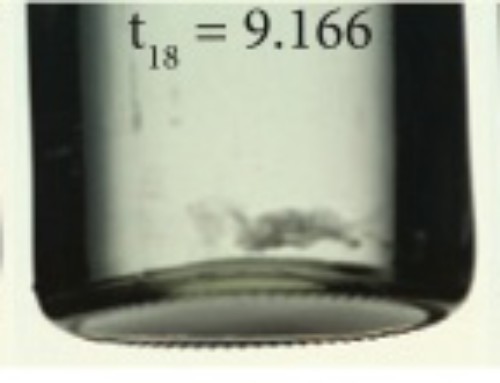 Previous studies have shown that applying a hydrophobic coating to one-half of a hydrophilic sphere will cause asymmetric cavity formation and a deflection in the trajectory of a sphere. Half of an axisymmetric projectile will be coated with the hydrophobic coating and dropped in a similar manner to determine if there is similar asymmetric cavity formation and trajectory deflection. The trajectory change due to a slight angle from vertical on impact will be studied in addition to the study of the trajectory change from applying the hydrohobic coating. An original inertial measurement unit is embedded in the tail of the projectile to measure the acceleration and rotation of the projectile as it impacts the surface of the water and continues to descend. The velocity and position of the projectile can be determined from acceleration measurements from the IMU and can be compared to the high-speed imaging. A hydrophone is also placed in the tank to record the sound of the cavity collapse and will be compared with the sounds from projectiles with different nose shapes and entry angles.
Previous studies have shown that applying a hydrophobic coating to one-half of a hydrophilic sphere will cause asymmetric cavity formation and a deflection in the trajectory of a sphere. Half of an axisymmetric projectile will be coated with the hydrophobic coating and dropped in a similar manner to determine if there is similar asymmetric cavity formation and trajectory deflection. The trajectory change due to a slight angle from vertical on impact will be studied in addition to the study of the trajectory change from applying the hydrohobic coating. An original inertial measurement unit is embedded in the tail of the projectile to measure the acceleration and rotation of the projectile as it impacts the surface of the water and continues to descend. The velocity and position of the projectile can be determined from acceleration measurements from the IMU and can be compared to the high-speed imaging. A hydrophone is also placed in the tank to record the sound of the cavity collapse and will be compared with the sounds from projectiles with different nose shapes and entry angles.
The trajectory after water entry of a slender body can be greatly altered by something as simple as a slight angle. In the video below, the body experiences a nearly horizontal deflection just from an approximately 1º off axis angle.
Angled_drop on YouTube






